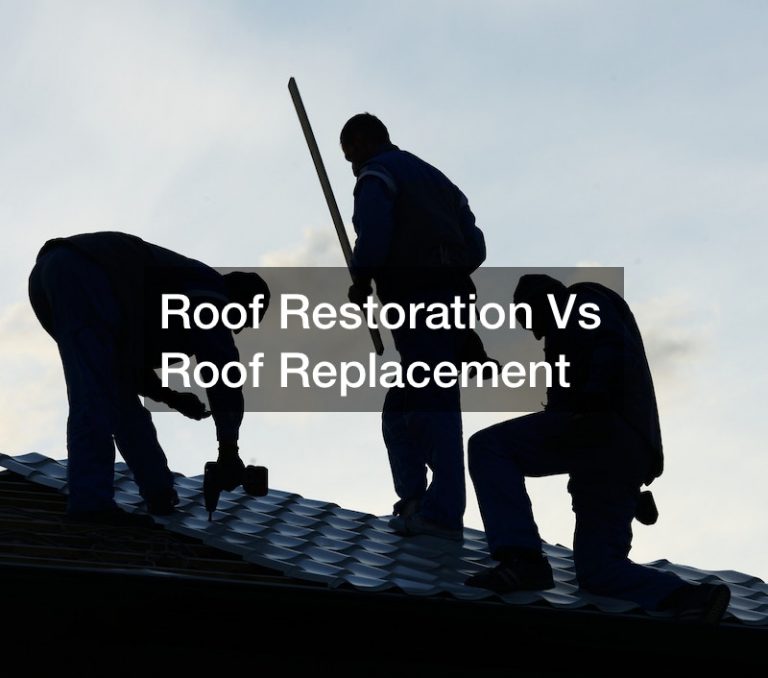

Understanding when you need a roof replacement can save you time, money, and future headaches. A proactive approach to maintaining your roof can thwart significant structural damage to your home. Let’s explore the common signs of unrepairable damage that indicate it’s time to call for a Seattle roof replacement.
How do I know if my roof is beyond repair?
Visible Exterior Damage
Curled or missing shingles often signify serious roof deterioration that warrants a replacement. Persistent leaks and visible signs of wear further point to a roof that has exceeded its lifespan. In some cases, extensive moss growth can also undermine shingle integrity, signaling the necessity for a new roof.
Regularly inspecting your roof’s exterior is crucial to identifying potential issues before they escalate. Observation of missing shingles, granule loss, or visible damage should prompt an evaluation by a professional. Without timely intervention, minor issues can evolve into substantial problems, requiring more costly repairs.
Furthermore, weather-induced damage like hail impacts or heavy winds in Seattle can accelerate the depletion of your roof’s quality. Such external factors heighten the need for ongoing vigilance and potentially more frequent replacements. Long-term exposure to these elements without addressing damage may ultimately lead to water infiltration and structural compromise.
Interior Signs of Damage
Inside your home, water stains on ceilings or walls suggest a compromised roof that may no longer offer adequate protection. Sagging ceilings often indicate prolonged water exposure and require prompt investigation to determine the root cause. Apart from visual cues, mold or mildew odors in attics or upper rooms are also red flags.
Attic spaces and less frequently accessed rooms should be inspected to detect any subtle changes or signs of damage. If left unchecked, internal roof damage can manifest into more severe issues like rot or compromised insulation efficiency. The earlier these issues are identified, the easier and more economical they are to rectify.
Ignoring interior damage not only worsens the condition but can also result in health risks associated with mold. Unaddressed water intrusion can set the stage for extensive remodeling costs besides the primary roofing concerns. Proactively managing interior damage signals ensures a safer living environment and preserves property value.
Lifespan of Roofing Materials
Understanding the lifespan of various roofing materials is crucial in predicting long-term maintenance and replacement needs. Asphalt shingles often last 20-25 years, whereas metal or tile roofs can extend beyond 50 years. Wood shake roofs, frequently used for aesthetic appeal, may endure about 30 years under optimal conditions.
Age is a critical factor when assessing your roof’s current viability and need for a replacement. When approaching the end of its estimated life expectancy, it’s prudent to have your roof evaluated by a Seattle roof replacement specialist. Doing so can preempt unexpected failures that jeopardize your property’s structural integrity.
What factors affect the cost of a Seattle roof replacement?
Size and Complexity of the Roof
The overall size and intricacy of your roof’s design significantly influence replacement costs. Larger roofs naturally require more materials and extended labor, thus escalating the financial investment needed. Additionally, unique architectural features or complex angles can increase the difficulty and duration of installation efforts.
Simple roof structures with few interruptions will generally cost less to replace compared to elaborate designs with features like skylights or chimneys. Complexity adds layers to the project, including customized structuring and precise fitting, which can further drive up expenses. Ensuring your roof contractor is aware of these needs can streamline the process and minimize unforeseen costs.
Slope steepness and height are other factors that can affect safety measures and material transport, impacting overall cost. In Seattle, the need to adhere to local building codes and permit processes is integral to planning and budgeting your roof replacement. By preparing for these eventualities, homeowners can manage financial expectations more effectively.

Choice of Roofing Materials
Choosing the right roofing materials is a significant determinant in the costs associated with roof replacement. While asphalt shingles are affordable and popular, options like metal, tile, or wood shakes provide varying degrees of durability and aesthetic appeal. The decision should balance budget constraints against maintenance and longevity requirements.
Each material comes with distinct installation requirements and susceptibility to environmental factors. For instance, Seattle’s climate may affect how materials perform over time, influencing your choice based on insulation or waterproofing qualities. An informed decision will ensure that your roof withstands local weather patterns optimally.
Energy efficiency can also be a deciding factor, as certain materials offer better thermal control, potentially reducing heating and cooling costs. Consulting with professionals can provide insight into the long-term benefits of premium materials, possibly justifying the higher initial investment. Ultimately, the right choice should align with both financial and architectural goals.
Local Climate and Environmental Considerations
Seattle’s unique weather patterns are crucial in determining the strategy for a roof replacement. Heavy rain and winter storms demand roofing solutions that offer enhanced waterproofing and wind resistance. Thus, regional climate considerations guide the choice of materials and installation processes suitable for long-term durability.
The impacts of seasonal snow or occasional hail in Seattle necessitate roofing solutions that cater to temperature variations and dynamic precipitation levels. Adapting to these conditions without compromising structural integrity is essential for ensuring the longevity of your investment. Proactive adaptation enables homeowners to shield properties from climatic challenges effectively.

